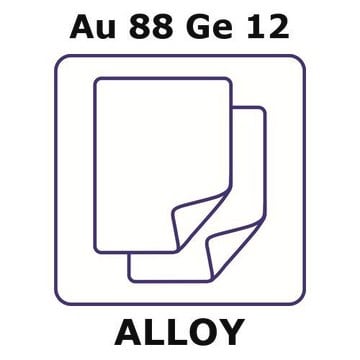GF67936483
Lead
rod, 500mm, diameter 3.2mm, 99.95%
Sinónimos:
Lead, PB007910
About This Item
Productos recomendados
assay
99.95%
form
rod
manufacturer/tradename
Goodfellow 679-364-83
resistivity
20.65 μΩ-cm
L × diam.
500 mm × 3.2 mm
bp
1740 °C (lit.)
mp
327.4 °C (lit.)
SMILES string
[Pb]
InChI
1S/Pb
InChI key
WABPQHHGFIMREM-UHFFFAOYSA-N
General description
Legal Information
signalword
Danger
hcodes
Hazard Classifications
Aquatic Acute 1 - Aquatic Chronic 1 - Lact. - Repr. 1A - STOT RE 1 Oral
target_organs
Central nervous system,Blood,Immune system,Kidney
Storage Class
6.1C - Combustible acute toxic Cat.3 / toxic compounds or compounds which causing chronic effects
wgk_germany
nwg
flash_point_f
Not applicable
flash_point_c
Not applicable
Certificados de análisis (COA)
Busque Certificados de análisis (COA) introduciendo el número de lote del producto. Los números de lote se encuentran en la etiqueta del producto después de las palabras «Lot» o «Batch»
¿Ya tiene este producto?
Encuentre la documentación para los productos que ha comprado recientemente en la Biblioteca de documentos.
Nuestro equipo de científicos tiene experiencia en todas las áreas de investigación: Ciencias de la vida, Ciencia de los materiales, Síntesis química, Cromatografía, Analítica y muchas otras.
Póngase en contacto con el Servicio técnico




